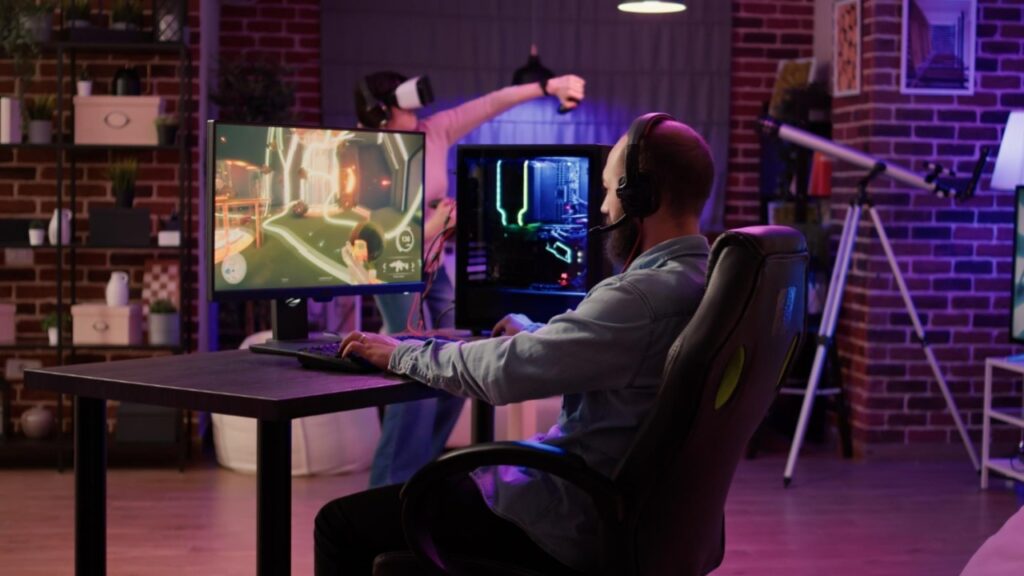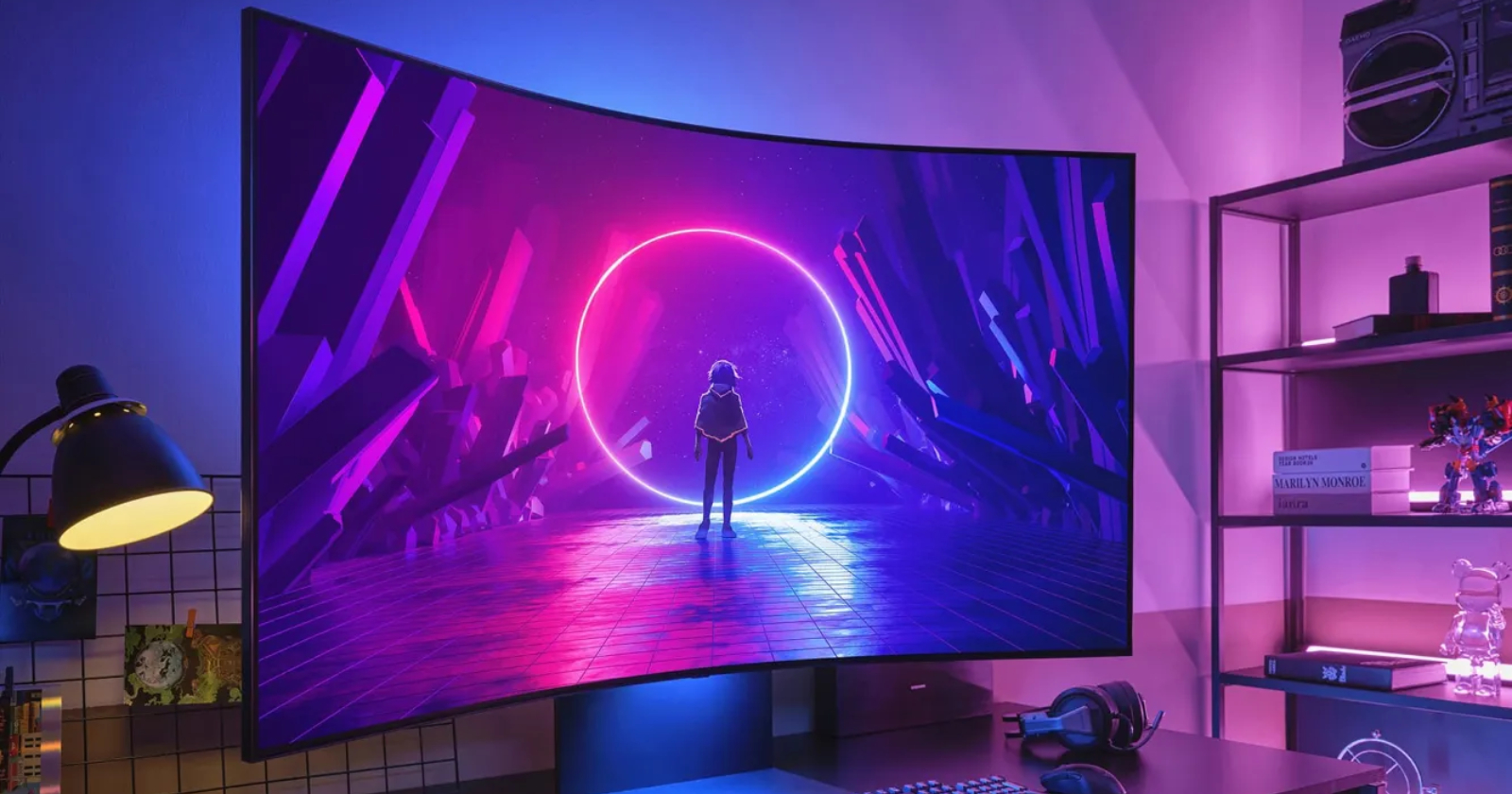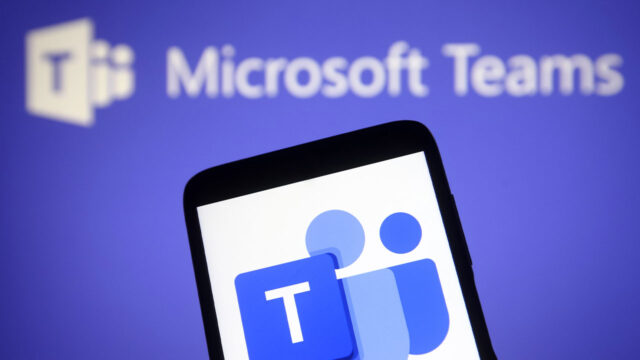The new technology, called Pixel Luminesce, for digital displays allows for micro-level management of each pixel by adjusting brightness as needed. If this technology advances beyond the development stage, it could be significant for various use cases and could bring significant improvements to some of the best gaming monitors. The patent application, initially shared by Windows Report, describes the new technology as a feature that enables selective dimming.
How does Microsoft’s Pixel Luminesce technology work?
With Microsoft’s Pixel Luminesce technology, you can decide to keep one part of the screen brighter while the rest remains unaffected, and this can happen dynamically. Microsoft aims to achieve this using a structure called an EM gate driver, which controls the brightness of each pixel through signals.
The EM gate driver will receive information from a brightness control device and instruct it to send pulse width modulation signals to each pixel line. This appears to function like a simple “on” and “off” switch, making certain parts of the screen optionally darker or brighter.

It’s reported that these signals can occur simultaneously or separately, determining their lengths to specify the brightness power of each pixel. Furthermore, it’s said that their timings can potentially enhance color accuracy by influencing the color of each pixel. Windows Report also considers power consumption as an advantage of this technology since using pulse width modulation can assist in power-saving for monitors.
It’s too early to say when this technology will hit the mainstream market. However, if Microsoft’s Pixel Luminesce becomes commonplace one day, it could represent a significant advancement from the current state. Dynamic dimming could offer a more immersive experience in gaming and movies.
What are your thoughts on the Microsoft monitor? Share your opinions with us in the comments section.














